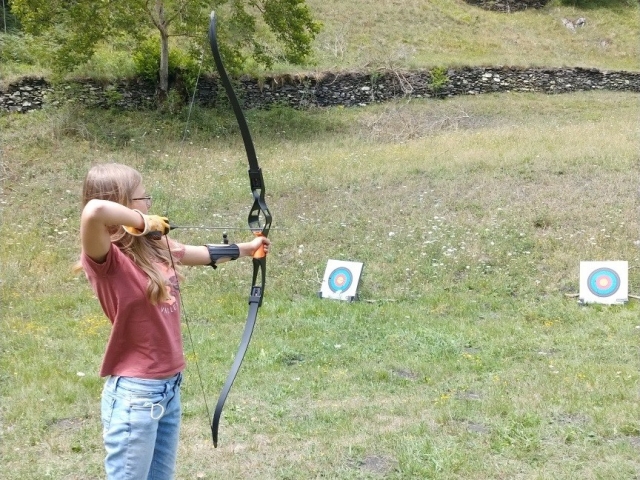
To master any equipment, you must understand (almost) perfectly all its components and how they contribute to proper use. The same applies to archery - if you want to become a genuine archer, you'll need to know all its constituent parts.
To practice archery, first you must understand you'll need a bow and a set of arrows which you'll shoot at a target aiming for the bullseye. This requires technique and extensive practice, which is why it's such a disciplined sport.
An arrow consists of the following parts:
- Point: the metal tip that penetrates the target.
- Insert: the aluminium piece that adapts the point to the arrow shaft (sometimes optional).
- Shaft: the arrow's body which can be made of wood, carbon, aluminium, or aluminium-carbon composite.
- Fletchings: stabilise the arrow and can be made of natural materials or plastic. Typically there are three, with one being a different colour from the others.
- Nock: the piece at the rear end of the arrow, just behind the fletchings.
- Upper limb and lower limb: responsible for storing the energy that moments later becomes the velocity to launch the arrow.
- Cam: the wheels that tension the bowstring. Not all bows have them.
- String: the element you draw to give the arrow its launching velocity.
- Riser: the central part where the arrow rests before shooting.

However, if you want to perfect your technique and aim in archery, the best advice is to practice relentlessly until you reach a level that might even allow you to compete with the best. Here you can find the finest archery ranges in our country to help you do just that.











